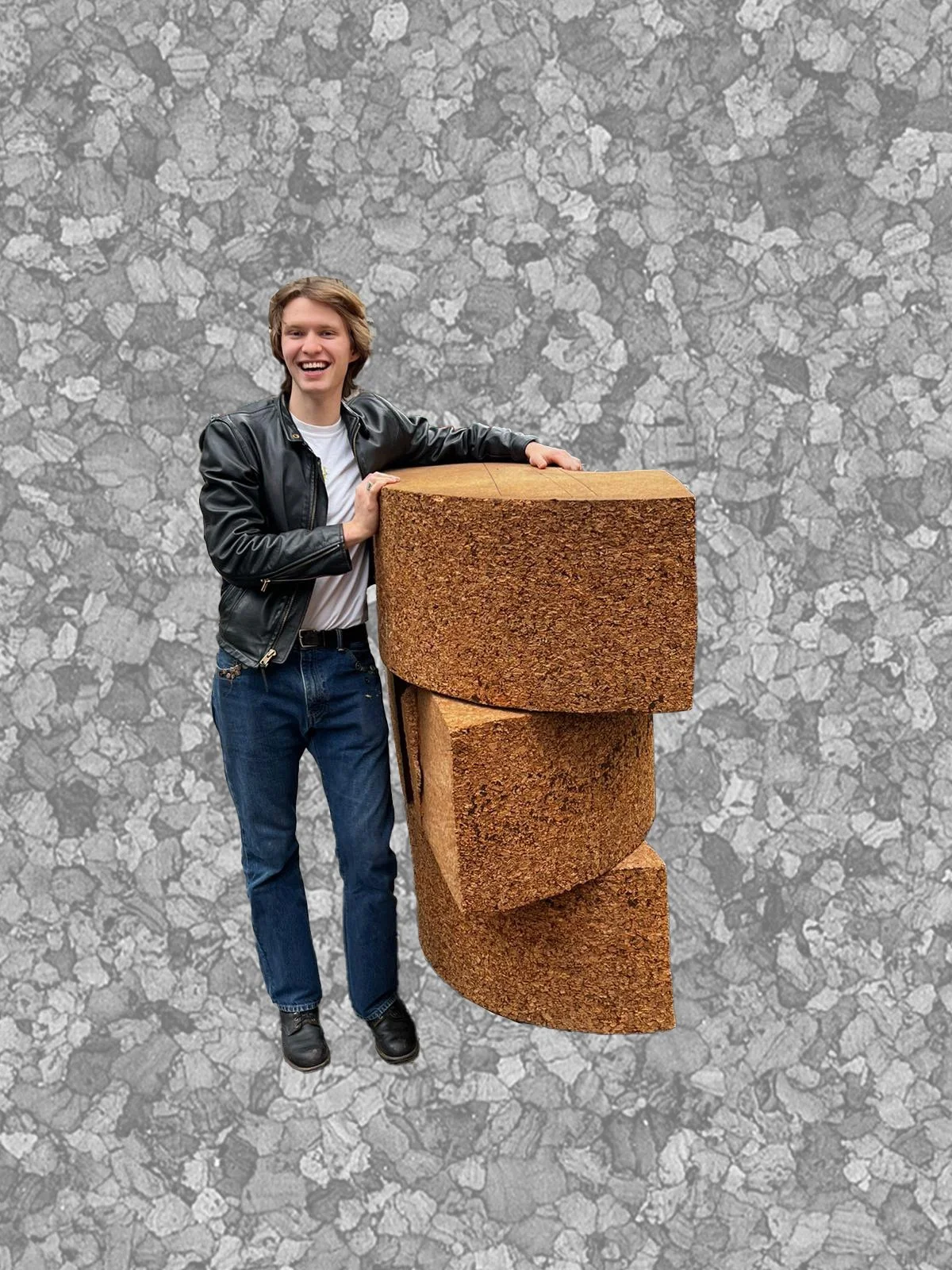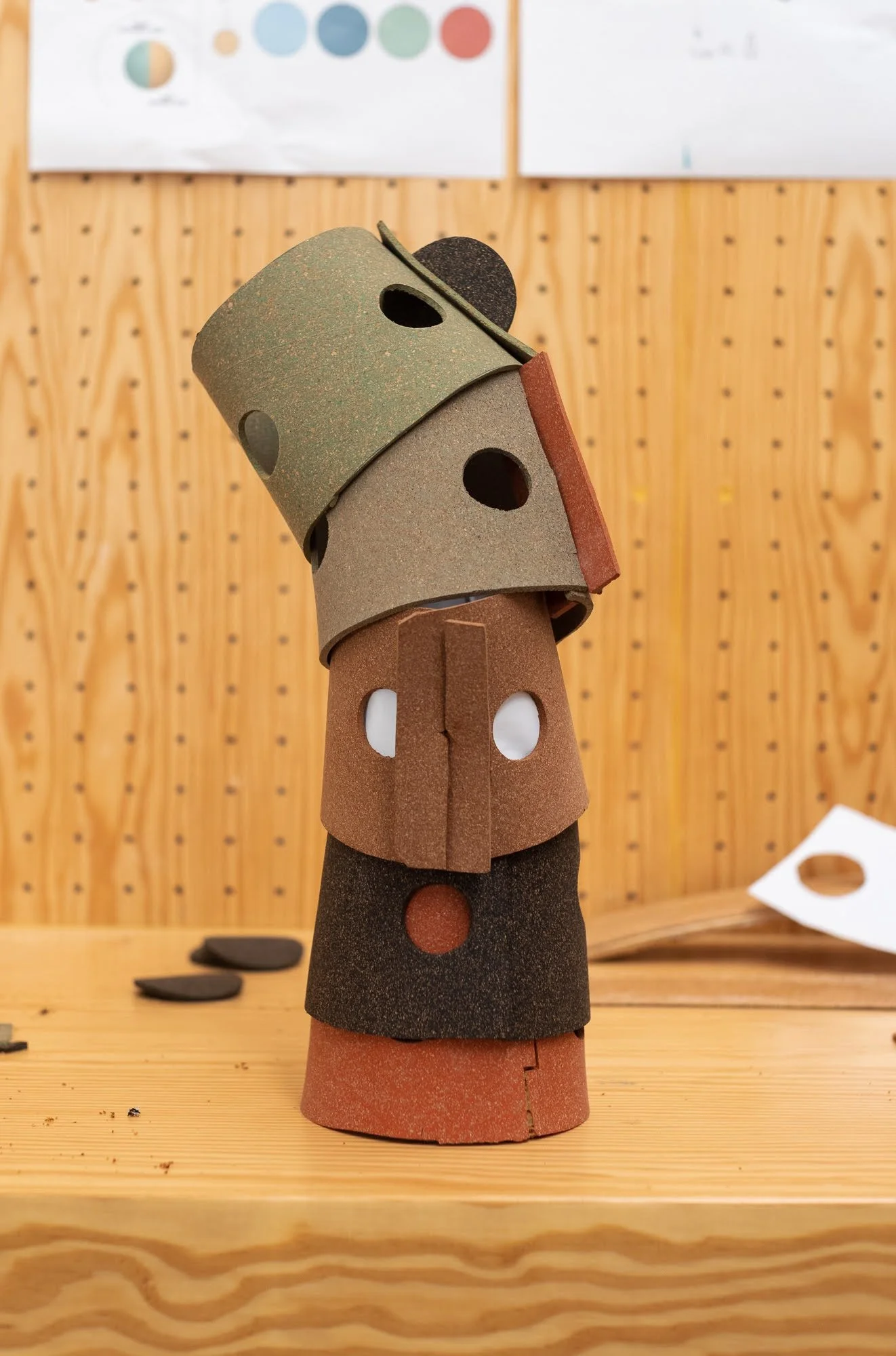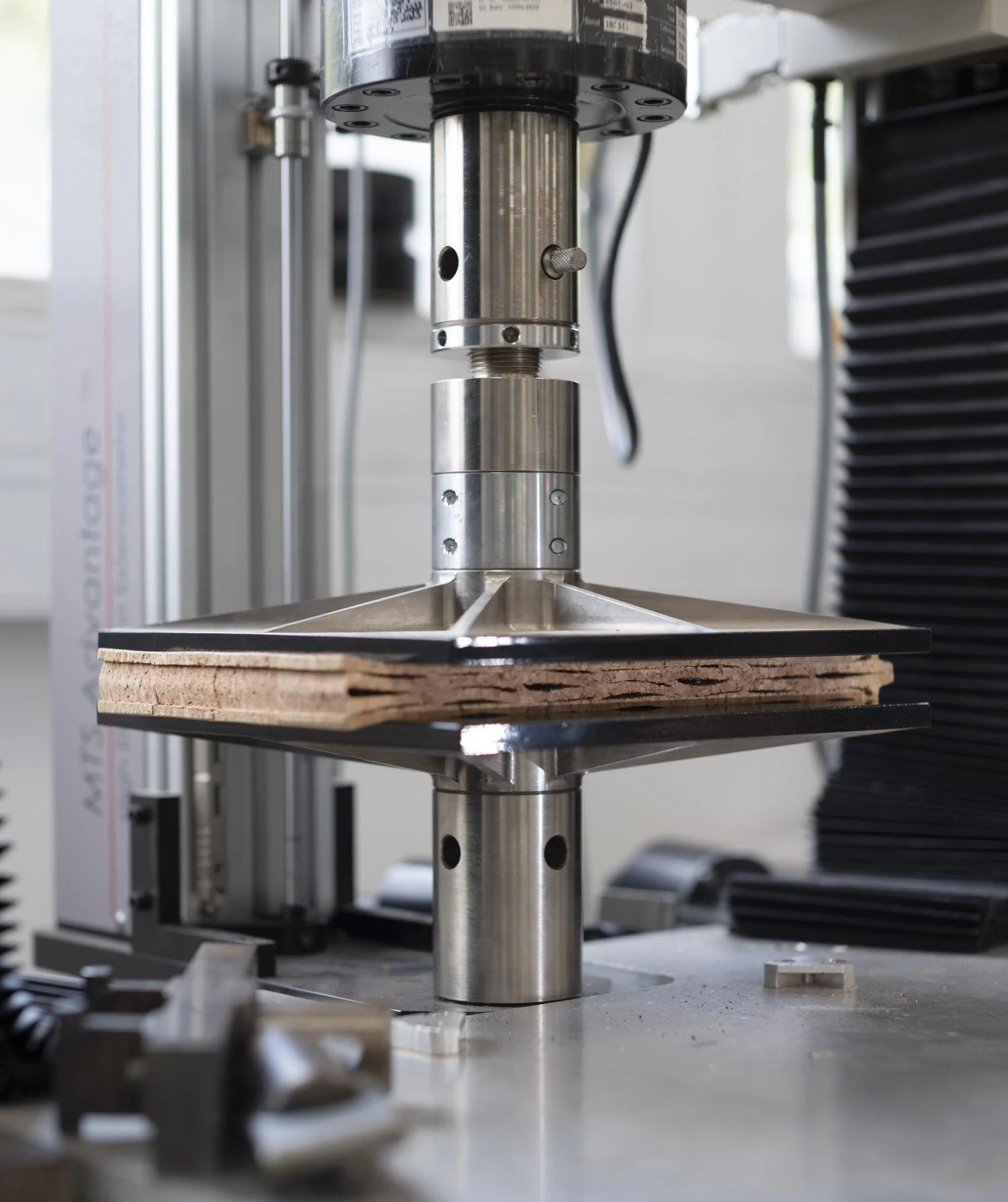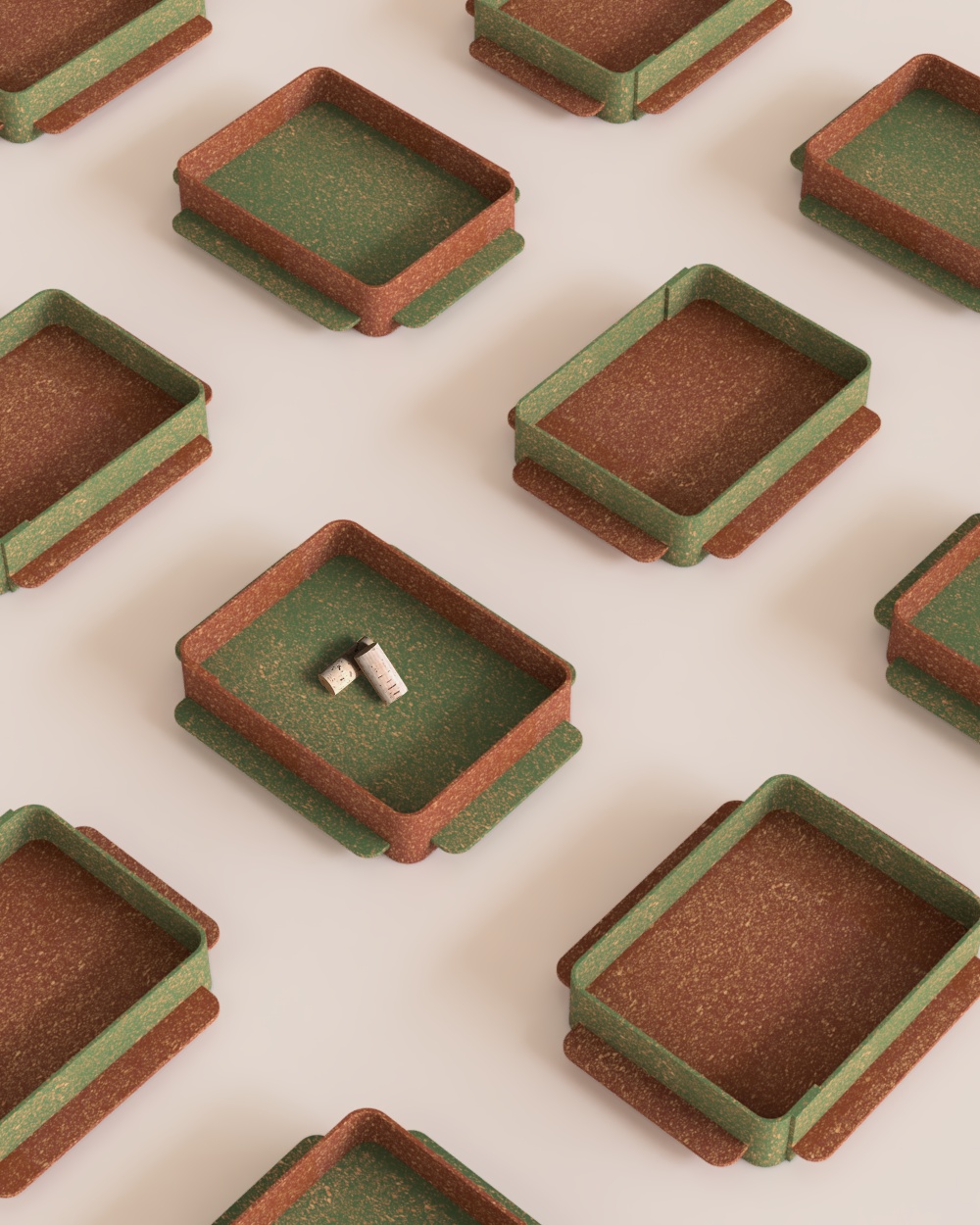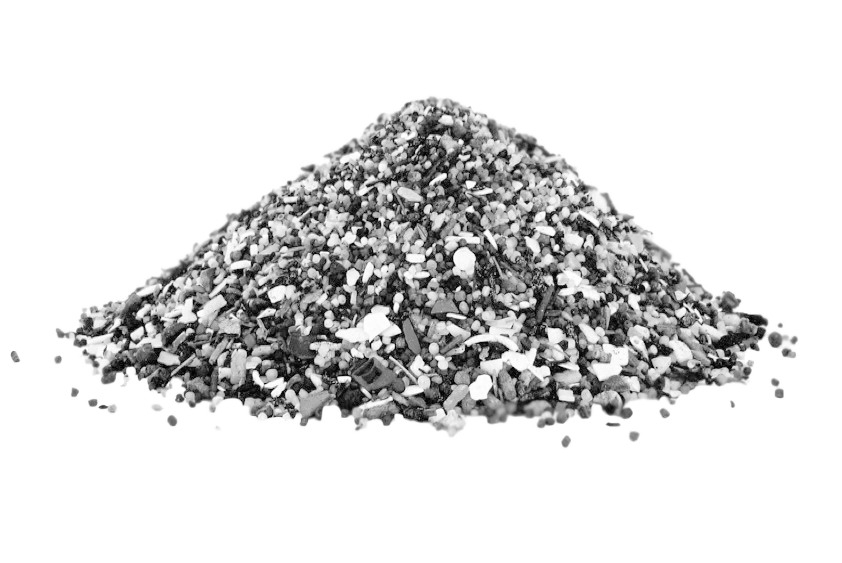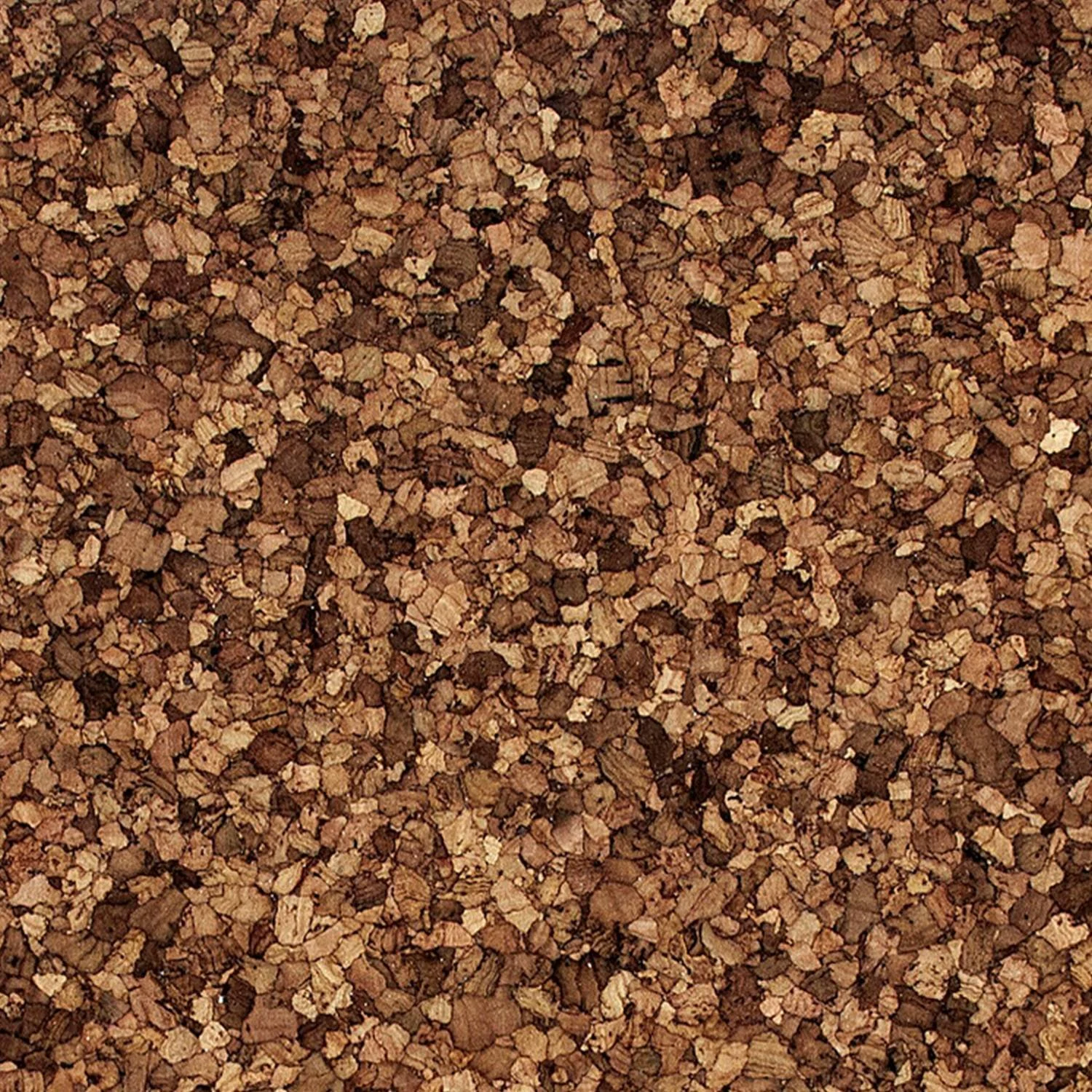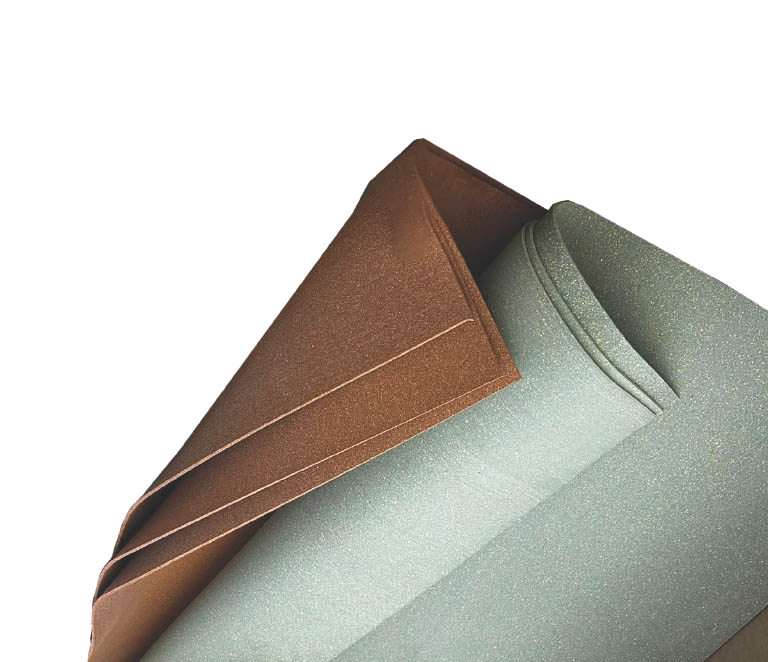cork
It is a fascinating material. Having worked with it extensively, I know the limits of imagination seem be the only barrier to use with cork. But, it’s not just about the feel or the science—it’s about how those things come together in unexpected ways. Playing around with cork lets you explore the balance between its softness and strength, and find the proper use for the material.
Cork is a material with a great vibe. It’s soft to the touch and has a subtle, earthy smell. There’s something calming and organic about it that makes spaces and objects feel grounded. That vibe can take many forms with different cork composites. These are uncovered through use and experimentation. Here, I used cork rubber with a vase, organic material with an organic use case.
a romantic material
Cork’s scientific properties make it remarkably versatile in design. Its air-filled cell structure is lightweight, resilient, and a great insulator for heat and sound. Plus, its natural water and fire resistance means it works well in a wide range of environments. Cork does have a breaking point. It has a low tensile strength but great compressive strength.
technical proficiency
Technically, almost all cork products are composites. Even a simple wine stopper is usually cork granules stuck together with polyurethane. Sometimes synthetic materials are added to augment cork’s properties, other times cork is added to augment another material, like rubber. This widens the use cases for cork and allows for endless iterations. Here, I used cork-rubber in a key tray design, with no fasteners or glues, just folding.


